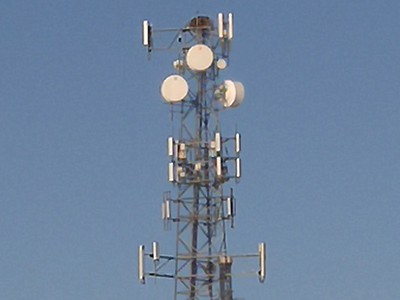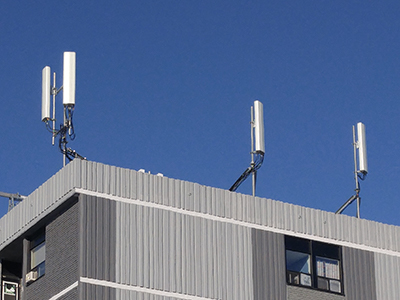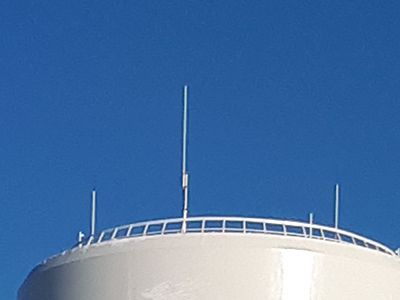3-4 Radiofrequency awareness
Background
Firefighters may work on rooftops, where radiofrequency (RF) radiation emitting antennae are found.
Concerns/hazards
Firefighters may be exposed to non-ionizing radiation, such as radiofrequency (RF) radiation, as a result of directional and omni-directional antennae found on rooftops. Rooftops can present areas of high RF radiation exposure because:
- personnel may be on the same horizontal plane as the antenna, where the signal is the strongest
- rooftops may have many different types of antennae, all transmitting at different power and frequencies
- the signal strength of each antenna combines, creating a higher cumulative RF strength
- a damaged coaxial cable may leak a concentrated RF signal
Actions for employers
Employers should:
- make workers aware of the potential sources and hazards of RF radiation
Health hazards
The primary health concern is overheating and burns.
Recommended exposure limits and more information on health hazards can be found in the Ministry of Labour health and safety guideline Radiofrequency and microwave radiation in the workplace.
Common types of RF antennae
Directional antennae
These antennae send and receive RF radiation out in front of them. There is no RF energy behind them. Avoid walking or working in front of these.

Figure 1: Directional antennae on a tower.

Figure 2: Directional antennae on the roof of a building.
Omni-directional antennae
These antennae transmit a 360 degree signal. Avoid walking or working on the same plane as these.

Figure 3: Omni-directional antennae on a water tower.
Working safely around RF antennae
Consider the following:
- conduct pre-planning activities to identify antenna locations, their type and power sources, safe distances, lock out procedures, and site contacts
- identify radiation warning signs and follow any written precautions
- assume antennae are live unless locked out
- consider site conditions when setting up ladders or aerial devices, to avoid placing the ladder into or through the beam of RF transmission
- ungrounded conductors such as ladders in the beam may present a shock hazard
- do not look into the ends of open coaxial cable or remain close to visibly damaged cables, as there may be harmful concentrated RF signals
- antennae may be found:
- on urban rooftops
- mounted on elevator penthouses
- at the edge or over the side of building walls
- disguised as or located within other objects such as flagpoles, steeples, trees or signs
Studies have shown that RF levels on the ground are thousands of times less than the Health Canada limits for safe exposure. In order to be exposed to levels at or above RF exposure limits, a worker would have to remain in the main transmitting beam at the height of the antenna and within a few feet from the antenna.
Applicable regulations and acts
Read:
- Occupational Health and Safety Act
- clause 25(2)(d) for making workers aware of hazards
- clause 25(2)(h) for taking every precaution reasonable to protect workers
Related
For more information about radiation protection for workers, please call the Ministry of Labour Radiation Protection Service at
For more information about radiofrequency safety, read the Ministry of Labour Health and Safety Guideline: Radiofrequency and Microwave Radiation in the Workplace.
Read firefighter guidance notes